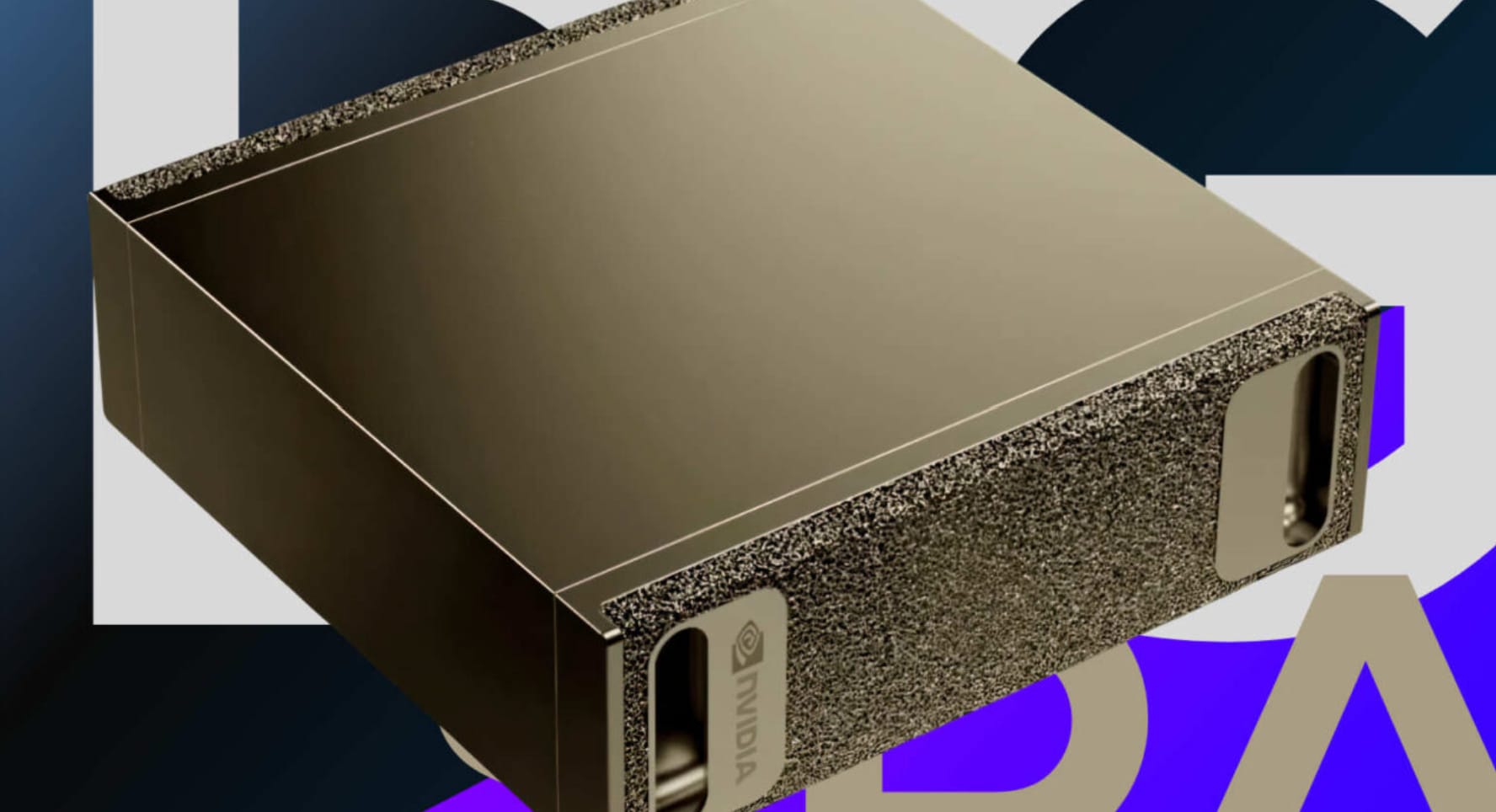
Santa Clara, CA — The artificial intelligence industry received disappointing news today as NVIDIA Corporation’s promised DGX Spark personal AI supercomputer failed to materialize in retail channels, breaking the company’s July launch commitment made earlier this year.
The compact system, originally unveiled as “Project DIGITS” at the Consumer Electronics Show in January, was positioned by CEO Jensen Huang as a groundbreaking device that would “place an AI supercomputer on the desks of every data scientist, AI researcher and student.”
Instead of the promised retail availability, potential customers can only access online reservation systems through NVIDIA’s manufacturing partners, including ASUS, Dell, Gigabyte, HP, Lenovo, and MSI. Major distributors like Scan UK have pushed estimated delivery dates to September 15 or later, with no confirmed shipments reported to date.
“This isn’t really a launch in the traditional sense,” said a spokesperson from a major UK technology retailer who requested anonymity. “We’re taking pre-orders, but we have no concrete delivery timeline from NVIDIA or their partners.”
The delay appears connected to broader challenges facing NVIDIA’s Blackwell architecture rollout. The GB10 Grace Blackwell Superchip, co-developed with MediaTek, represents a complex fusion of NVIDIA’s latest GPU technology with ARM-based processing cores, potentially creating manufacturing bottlenecks.
Industry sources point to several contributing factors behind the launch failure:
Supply chain complexities surrounding the specialized GB10 chip manufacturing, which requires precise coordination between NVIDIA and MediaTek. The chip combines cutting-edge Blackwell GPU architecture with ARM-based CPU cores in a single system-on-chip design.
Production yield issues that may be related to earlier reported problems with NVIDIA’s broader Blackwell architecture, though the company claimed these were resolved in late 2024.
Regulatory hurdles affecting NVIDIA’s broader product lineup, including delays in H20 chip exports to China due to Commerce Department permit backlogs.
The impact extends beyond disappointed customers. AI startups, academic researchers, and independent developers had incorporated the DGX Spark into their 2025 project timelines, expecting affordable access to high-performance local AI computing. Many now face delays in product development or increased costs from cloud-based alternatives.
Current availability remains limited to reservation systems in European Union countries and South Korea, though even these markets report no confirmed delivery schedules. NVIDIA has not responded to requests for comment regarding revised launch timelines or production status updates.
The situation contrasts sharply with the enthusiasm displayed at the product’s January unveiling, where Huang described it as bringing “the Grace Blackwell Superchip to millions of developers” and enabling “AI for everyone.”
For prospective buyers, the only current option involves joining waitlists through NVIDIA’s authorized partners, though industry observers warn that delivery timelines remain highly uncertain given the lack of official updates from the company.
The DGX Spark delay represents NVIDIA’s most significant consumer product launch failure in recent memory, raising questions about the company’s ability to scale advanced AI hardware production beyond enterprise and data center markets.
NVIDIA stock (NASDAQ: NVDA) closed down 0.8% in after-hours trading following reports of the continued launch delays, though broader market conditions may have contributed to the decline.






